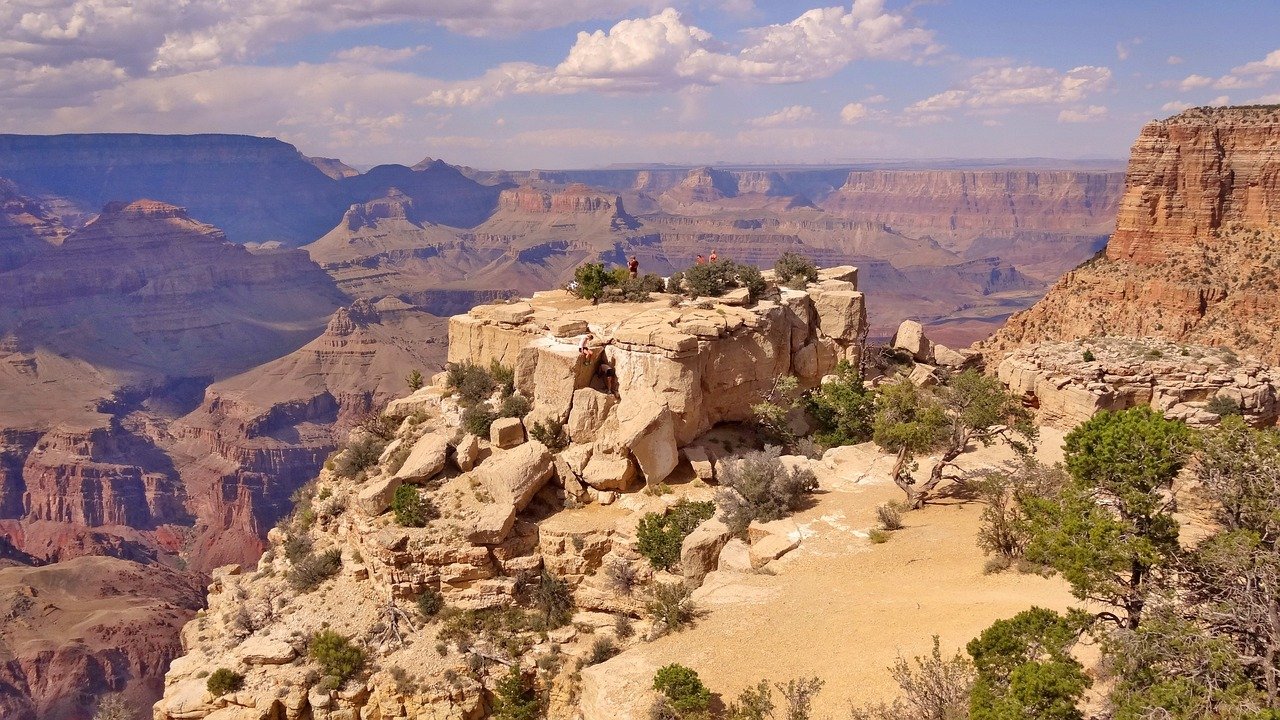Imagine standing on the edge of the West Rim of the Grand Canyon, where the vastness of Arizona’s majestic landscape unfolds before your eyes. This article will guide you through the awe-inspiring views and exhilarating experiences that await you at this natural wonder. From the breathtaking vistas at Guano Point to the thrilling Skywalk, a glass bridge that lets you walk over the canyon, your journey through the West Rim is sure to be filled with unforgettable moments. Whether you’re an avid hiker looking for your next adventure or simply someone who appreciates the beauty of nature, the West Rim of the Grand Canyon promises an experience like no other. Exploring the West Rim of the Grand Canyon: Arizona’s Majestic Landscape
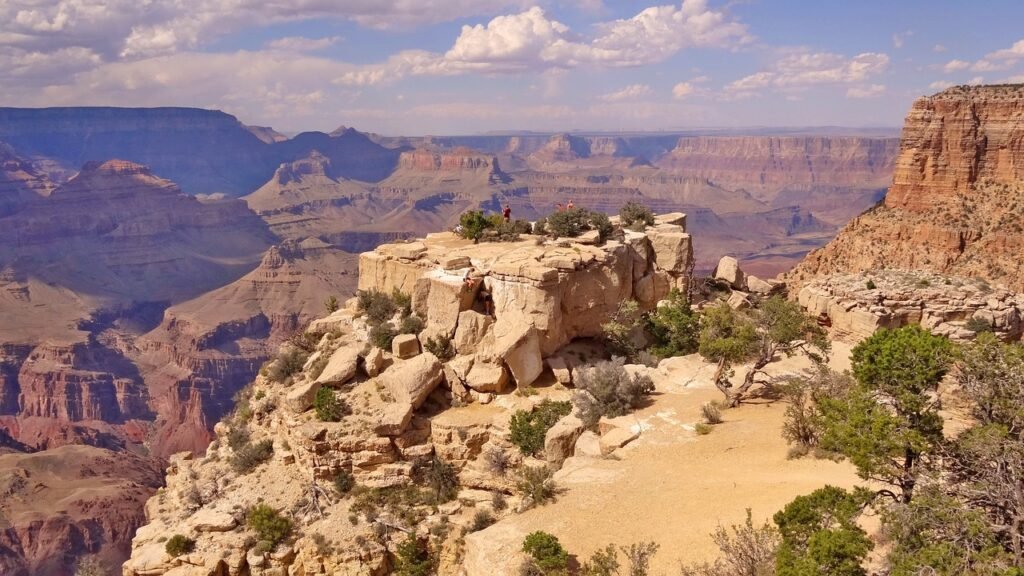
This image is property of pixabay.com.
Overview of the West Rim
Geographic setting and significance
Situated in the expansive landscape of Arizona, the West Rim of the Grand Canyon offers a distinctive and breathtaking perspective of one of the world’s most renowned natural wonders. Unlike its North and South counterparts, the West Rim is located closer to Las Vegas, making it a convenient choice for those based in Nevada or in the southwestern part of the United States. The West Rim is not part of the Grand Canyon National Park but is instead managed by the Hualapai Indian Tribe, adding a unique cultural dimension to your visit.
Comparison with the North and South Rims
When you compare the West Rim to the North and South Rims, you’ll notice several differences. The North Rim, known for its remote, rugged charm, is less accessible and more appealing to those seeking solitude and a wilder experience. The South Rim, on the other hand, is the most visited section, famed for its extensive viewpoints and facilities. The West Rim strikes a balance, offering both breathtaking views and unique attractions like the Skywalk, all while being more accessible from major cities than the North Rim.
The cultural and historical importance of the area
Your visit to the West Rim isn’t just a journey through natural beauty, but also a profound cultural and historical experience. The land here is deeply connected to the Hualapai Tribe, who have lived in this area for generations. Through your visit, you’ll have the invaluable opportunity to learn about the tribe’s rich heritage, traditions, and their intimate relationship with the land.
Getting to the West Rim
Driving routes from major cities
For those of you hitting the road, the West Rim is most accessible from Las Vegas, being only a 2.5-hour drive away. Drive through the captivating landscape of Nevada and Arizona, taking US Highway 93 south to Pierce Ferry Road to Diamond Bar Road, leading directly to the Grand Canyon West. From Phoenix, it’s a longer 4.5-hour trip, driving north on Interstate 17 to Flagstaff, then onto Highway 64 and Route 66 to Diamond Bar Road.
Shuttle services and tours
If you prefer not to drive, several shuttle services and guided tours operate from Las Vegas and other nearby cities. These tours not only ease the stress of planning but also provide insightful details about the geography, history, and cultures you’ll encounter.
Permits and entry fees
Entrance to the West Rim is regulated by the Hualapai Tribe, and a fee is required to enter. These fees contribute to the preservation of the area and the tribe’s economy. It’s wise to check the latest information on fees and whether you need to book your visit in advance, especially for popular attractions like the Skywalk.
Major Attractions at the West Rim
Grand Canyon Skywalk
The Skywalk, a horseshoe-shaped glass bridge that extends 70 feet over the canyon, offers an adrenaline-pumping view 4,000 feet above the riverbed. It’s an unmatched experience that allows you to “walk the sky” and gaze directly down into the heart of the canyon.
Eagle Point
Named after a rock formation that resembles an eagle with its wings spread, Eagle Point is not only home to the Skywalk but also offers panoramic views of the Grand Canyon. It’s a place of natural beauty and cultural significance, where you can explore Native American architecture and live performances.
Guano Point
Guano Point is known for its stunning, unobstructed 360-degree views of the Grand Canyon and the Colorado River. It is also the site of a historic tram that once transported bat guano from a cave to be used as fertilizer. Today, it serves as a unique lookout point and a reminder of the area’s mining history.
Hualapai Ranch
For a taste of the Wild West, Hualapai Ranch is a must-visit. This themed attraction offers cowboy shows, wagon rides, and the opportunity to try your hand at rope tricks and quick-draw techniques. It’s fun for the whole family and a great way to dive into the history and myths of the American West.
Hiking Trails and Outdoor Activities
Descriptions of popular hiking trails
The West Rim offers a variety of trails ranging from easy walks to more strenuous hikes. The Riverwalk Trail is perfect for those looking for a leisurely stroll with spectacular views without the challenging elevation changes found on other paths.
Guidelines for safe hiking
Always check weather conditions before setting out and carry plenty of water, especially during the hotter months. Stay on designated trails, respect wildlife, and be mindful of the tribe’s land and cultural sites. Remember, it’s not just about safety but also about preserving the beauty and sanctity of this place for future generations.
Other outdoor activities: Zip-lining, helicopter tours, and river rafting
For the thrill-seekers among you, the West Rim doesn’t disappoint. Experience the canyon from a new perspective with high-flying zip-lining, breathtaking helicopter tours, or adventurous river rafting trips on the Colorado River. Each activity offers a unique way to connect with the landscape’s awe-inspiring beauty.
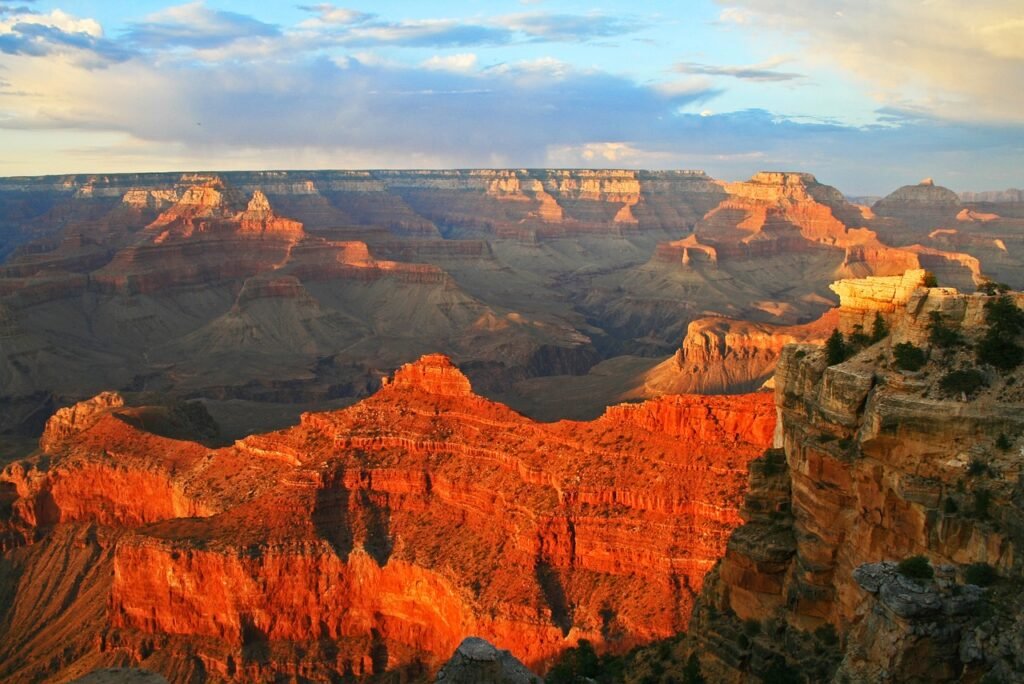
This image is property of pixabay.com.
Cultural Experiences
Hualapai Tribe and cultural significance
The Hualapai Tribe plays an integral role in the West Rim experience. Through various cultural demonstrations and attractions like the Native American Village, you’re invited to deepen your understanding of the tribe’s history, art, and traditions. It’s a profound way to enrich your visit with cultural insights and respect.
Cultural demonstrations and tours
Attend live performances, explore meticulously reconstructed traditional dwellings, and interact with tribe members to learn about the Hualapai way of life. These experiences provide a meaningful backdrop to the stunning natural beauty of the canyon.
Visiting the Native American Village
The Native American Village is a highlight, offering a glimpse into the architectural styles and daily lives of the Hualapai and other native tribes. It’s a place of learning and respect, where the deep bond between the people and the land is palpable.
Accommodations and Camping
Options for staying overnight
While day trips are common, staying overnight allows you to fully immerse yourself in the magic of the Grand Canyon West. Various accommodations, from cabins at Hualapai Ranch to the luxury of the nearby lodges and hotels, cater to different preferences and budgets.
Camping sites and reservations
For those who prefer to be closer to nature, camping options are available. It’s essential to make reservations in advance, especially during peak seasons, to secure your spot under the stars. Remember to follow all guidelines to ensure your camping experience is both enjoyable and environmentally conscious.
Lodges and nearby hotels
For those seeking comfort after a long day of exploration, there are several lodges and hotels within a reasonable distance of the West Rim. These offer the perfect retreat with comfortable rooms, dining options, and often, breathtaking views of the canyon.
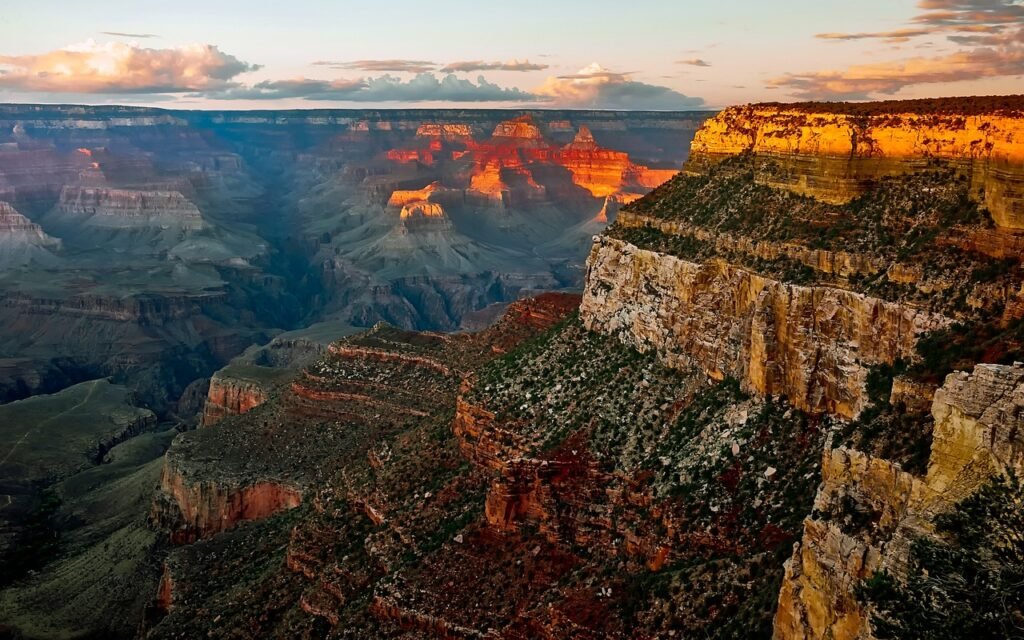
This image is property of pixabay.com.
Best Times to Visit
Seasonal weather considerations
The West Rim experiences extreme temperatures, with hot summers and cold winters. Spring and fall offer the most pleasant weather for your visit, with milder temperatures and fewer crowds.
Crowd levels throughout the year
Summer is the high season, so expect larger crowds and longer wait times for major attractions. Planning your visit in the off-peak seasons (spring and fall) can provide a more intimate experience with the landscape.
Special events and ceremonies
Throughout the year, the Hualapai Tribe hosts special events and ceremonies that showcase their rich cultural heritage. Timing your visit to coincide with these events can add an unforgettable dimension to your journey.
Conservation Efforts
Challenges facing the West Rim
As with any popular natural attraction, the West Rim faces challenges related to tourism, including resource preservation and environmental impact. Balancing visitor experiences with the need to protect the land is an ongoing effort.
Efforts to preserve the natural and cultural landscape
The Hualapai Tribe, along with other organizations, is deeply invested in conservation programs that aim to protect the Grand Canyon’s West Rim. These include initiatives for sustainable tourism, wildlife protection, and cultural preservation.
How visitors can contribute to conservation
You can play a part in conservation efforts by following all guidelines during your visit, respecting cultural sites, sticking to trails, and minimizing your environmental footprint. Consider supporting local conservation initiatives or participating in volunteer opportunities.
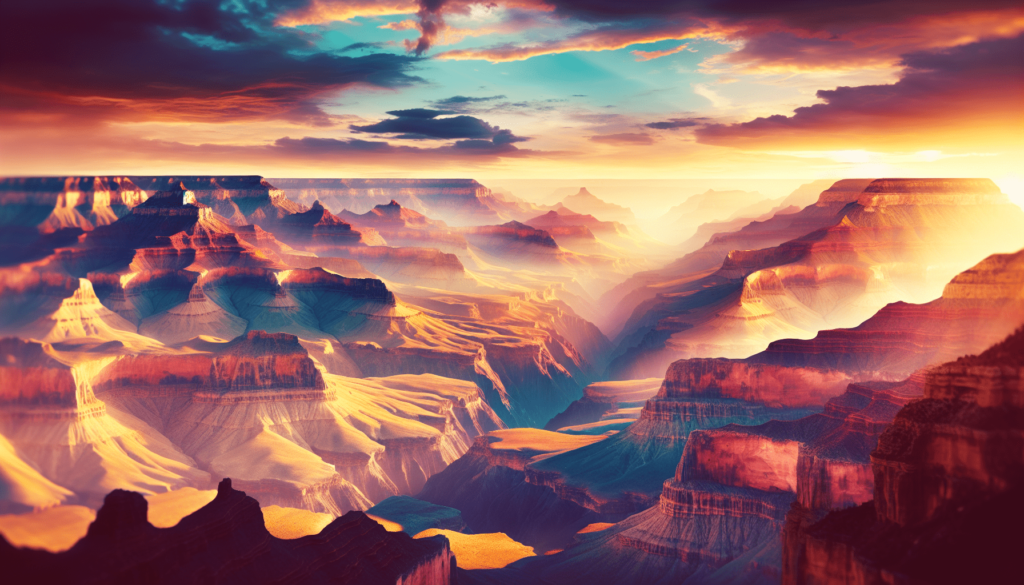
Photography and Sightseeing Tips
Best viewpoints and times for photography
For photographers, the early morning and late afternoon offer the best light for capturing the canyon’s grandeur. Eagle Point and Guano Point are among the top spots for breathtaking shots.
Equipment recommendations
A good camera, additional lenses, and a tripod can significantly enhance your photography experience. Remember to bring protective gear for your equipment, as the environment can be dusty and windy.
Responsible sightseeing practices
While capturing the beauty of the West Rim, it’s crucial to remain mindful of your surroundings. Stay on marked paths, respect wildlife and plant life, and be considerate of other visitors seeking to enjoy the view.
Travel Tips and Safety Advice
Preparing for the climate and terrain
Dress in layers to adjust to the changing temperatures throughout the day and wear sturdy, comfortable shoes suitable for rough terrain. Sun protection, including sunscreen, sunglasses, and a hat, is essential, particularly in the summer months.
Safety guidelines for hiking and activities
Always inform someone of your itinerary before embarking on hikes or remote activities. Carry a basic first aid kit, enough water, and snacks for energy. Be aware of your limits and the challenges posed by the terrain and climate.
Travel insurance and medical facilities
It’s prudent to have travel insurance that covers medical emergencies, especially if you plan on engaging in adventure sports. Familiarize yourself with the location of the nearest medical facilities before your visit to ensure a safe and enjoyable experience at the West Rim of the Grand Canyon.


